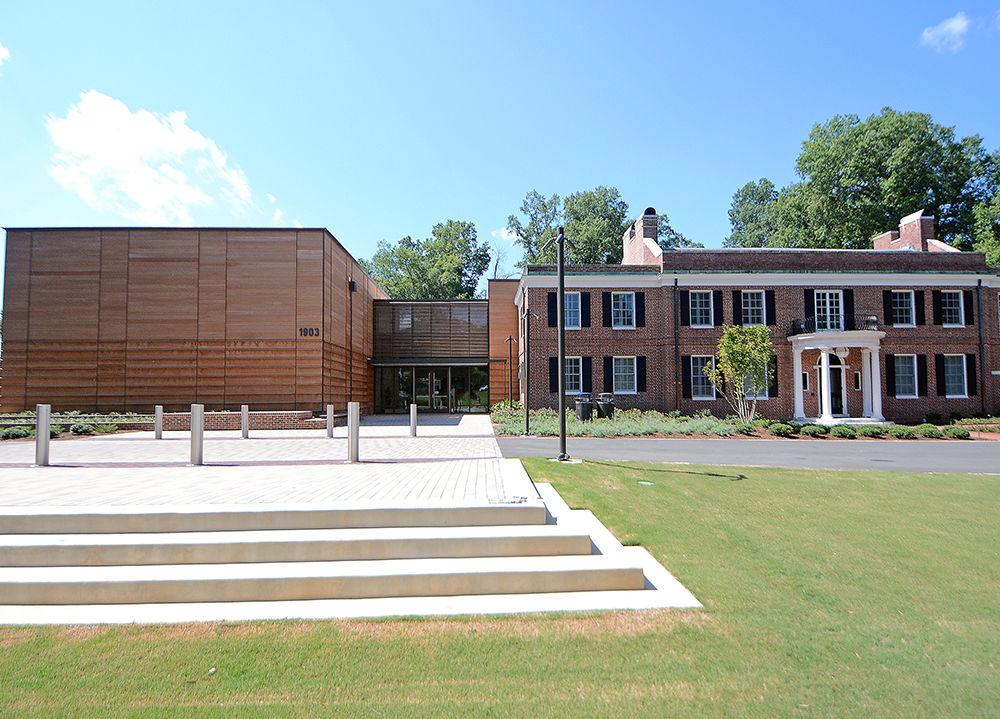The Gregg Museum of Art and Design recently earned LEED certification to the Gold Level for the new gallery wing designed by Perkins + Will, marking the third university building to receive the certification.
LEED stands for Leadership in Energy and Environmental Design, and is a popular green building certification program used worldwide. The program aims to help buildings and building owners to be environmentally conscious and responsible. There have been 13 LEED-certified projects on NC State’s campus since 2011.
The Gregg Museum is an NC State-owned and -operated art and design museum which is located on Hillsborough Street. The museum building was originally in the chancellor’s residence, but, with the construction of Centennial Campus, was moved to a new location. The Gregg Museum then moved from Talley Student Union, to the 15,850-square-foot location it is seen in today.
Roger Manley, the director of the Gregg Museum of Art and Design, is proud of the achievement.
“We are delighted for the architects and for NC State University that the Gregg Museum’s new galleries addition has achieved this status,” Manley said. “It’s something they really deserve to be proud of.”
The building has a significantly smaller environmental footprint, with sustainable measures taken in almost every aspect. The design of the building reduces energy costs by 28 percent, and is regularly measured. The air conditioning systems are low mercury producing and utilizes a reflective roof that reduces heat absorption from the sun so that it is naturally cooling.
Water is reduced by 22 percent through implementation of efficient plumbing and other fixtures. The exterior landscaping also uses water efficient plants to further reduce water consumption by 52 percent. Parking for low-emitting and fuel-efficient vehicles are an option as well as busing and cycling to the museum as there is a bus stop en route.
A majority of the building itself used materials from a responsibly managed forest, all within 500 miles of the site. The building used an estimated 25 percent recycled and sustainable building materials with 63 percent of waste diverted from the landfills using forms of recycling and reusing.
Cameron Smith, the senior director of Capital Project Management at the NC State Facilities Division, emphasized how committed NC State is to sustainable building and practices.
“NC State is committed to achieving a minimum of LEED Silver certification on all new buildings and major renovations greater than 20,000 gross square feet,” said Smith. “The Gregg Museum project surpassed the goal and actually achieved a Gold certification.”
Smith also answered why students should be knowledgeable about the honor and how it affects the student body as a whole.
“Students spend a fair amount of their time living, studying and working in campus facilities, and the University is committed to building and renovating more sustainable, efficient and healthy buildings in an effort to enhance the physical environment where students learn every day,” said Smith. “LEED is a tool to help us ensure we are building facilities that are safe, comfortable and save the University money through sustainable design and construction.”
Students have taken note and are excited about the award as well. Abigail Farlow, a second-year studying industrial design, was glad to hear of the news of the certification.
“I am happy to hear that the museum is so efficient and environmentally friendly,” said Farlow. “I am proud of NC State committing themselves to becoming more sustainable learning environment.”








